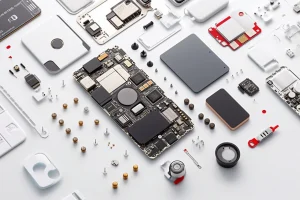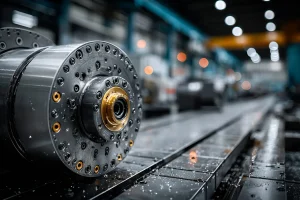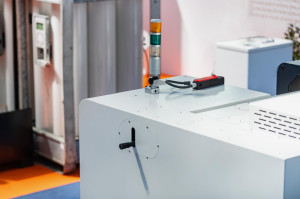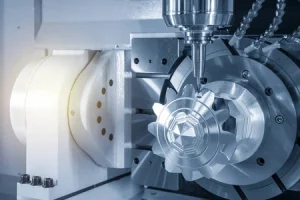In the wave of the Internet of Everything, from the core of high-speed 5G base stations to the smartphones in our hands, sophisticated communication devices constitute the neural network of modern society. The key to the efficient and stable operation of these devices is the tiny but crucial metal parts inside. CNC (Control numérico de la computadora) machining technology, with its unparalleled precision, flexibilidad, and consistency, has become an undisputed cornerstone of precision in modern communication parts manufacturing.
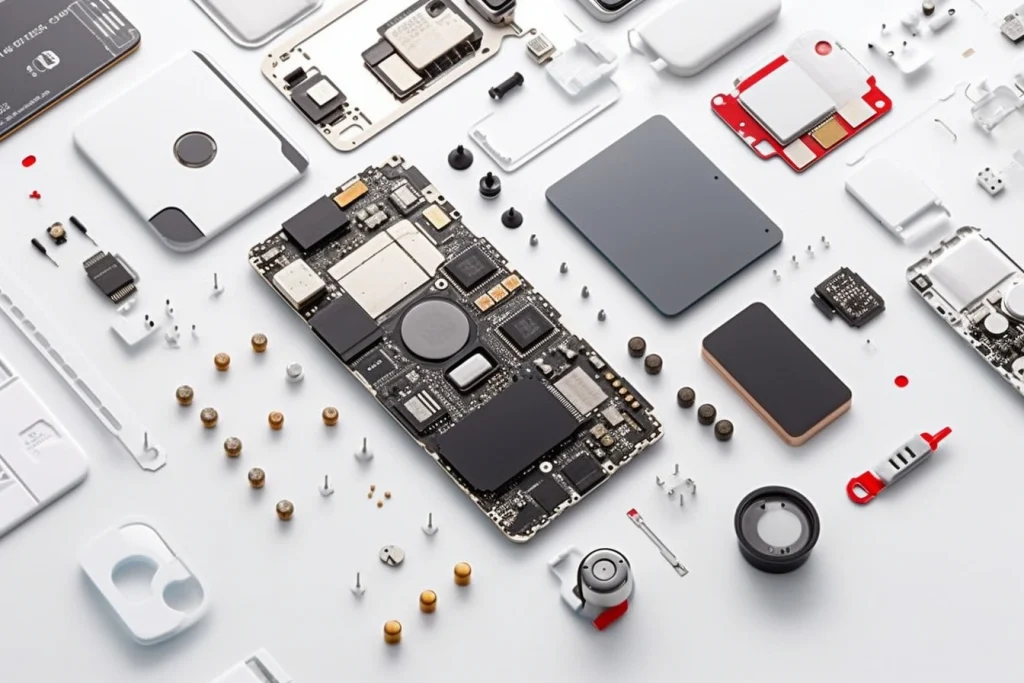
The Unique Challenges of Communication Parts: The Battle of Microns
Communication equipment has almost demanding requirements for internal metal parts:
1. Extreme Accuracy and Finish:Signal transmission cannot tolerate the slightest flicker. Key components such as filter cavities, waveguide devices, and RF connectors often need to be controlled within the ±0.01mm or even tighter range (micron level), and the surface roughness requirements are extremely high (Ra0.4 or lower) to ensure low loss, high-fidelity transmission, and reliable vacuum sealing of signals.
2. Complex Geometry:To optimize signal performance, achieve compact design, and meet heat dissipation needs, communication parts often have complex 3D surfaces, deep cavities, and micro-holes (sometimes diameters). <0.5mm) and thin walls (which may be as thin as 0.3mm or less), which are difficult to achieve with traditional processing.
3. Demanding Material Properties:Components need to have excellent electrical/thermal conductivity, electromagnetic shielding performance, light weight, and long-term stability. High-purity aluminum alloys (p.ej. 6061, 7075), copper alloys (P.EJ., beryllium copper C17200), special stainless steels and even engineering plastics (p.ej. PEEK) are commonly used, which place higher demands on processing processes.
4. Reliability and Consistency:Hundreds of thousands or even millions of equipment deployments require a high degree of consistency in the performance of each part to ensure long-term stable operation of the entire machine in harsh environments.
Mecanizado CNC: How to Become a Precision Choice for Communication Manufacturing?
In the face of these challenges, CNC machining has shown strong adaptability:
Micron-level accuracy control:Modern high-precision CNC machine tools (especially five-axis linkage centers) with precise measurement feedback systems and advanced tool compensation technology can stably achieve micron-level dimensional and shape tolerance control to meet the most stringent signal integrity requirements.
Free shaping of complex structures:Powerful multi-axis linkage capabilities (3+2 axes, 5-axis linkage) combined with the intelligent programming of CAM software enable the tool to flexibly approach all angles of the workpiece, easily process complex features such as deep cavities, special-shaped surfaces, and micro-holes, and transform innovative designs into reality.
Superior Surface Quality Assurance:With precise spindle control, optimized cutting parameters (velocidad, feed, depth of cut), advanced toolpath planning (P.EJ., helical milling), and high-quality tools (P.EJ., diamond-coated mills), CNC can directly machine mirror-like smooth surfaces (Ra < 0.4μm), significantly reducing signal transmission losses and improving airtightness.
Material Machining Wide Adaptability:From soft pure copper to high-strength aviation aluminum, difficult-to-machine stainless steel, and specialty engineering plastics, CNC can complete machining tasks efficiently and with high quality by adjusting tools, cutting fluids, and machining strategies.
The King of Consistency in Mass Production:Once the program is validated, CNC machining enables 24/7 uninterrupted operation, ensuring that thousands of parts have perfectly consistent geometric dimensions and surface properties, providing a solid guarantee for large-scale communication equipment manufacturing.
Typical Applications: CNC-Enabled Communication Core Components
5G/4G base station core:High-precision aluminum/copper alloy cavity filter (to ensure signal purity), waveguide device (to guide high-frequency signal), high-efficiency heat sink (such as fin heat sink), antenna feed network structural parts.
RF module:Precise RF connector housing (to ensure stable signal transmission), microwave transmission cavity, shield (to prevent electromagnetic interference).
Optical communication equipment:Fiber optic connector precision metal hoop (Ferrule), laser/detector metal package base, precision optical path adjustment frame.
Switch/Router: High thermal conductivity heat dissipation housing, high-speed backplane connector, electromagnetic shielding frame.
Satellite communication terminals:Lightweight high-strength structural parts, precision reflective surface parts, weather-resistant shells.
Future-Proofing: Intelligence and Integration
With the in-depth deployment of 5G, the launch of 6G R&D, and the explosive growth of the Internet of Things, communication components are developing in the direction of higher frequency, more integration, and smarter:
Higher precision and more complex structure:Higher requirements are placed on the precision, dynamic performance, and software algorithms of CNC machine tools.
New material applications:such as higher-performance composite materials, ceramic metal matrix composites, etc., require continuous innovation in CNC processes.
Automation and intelligent production line: CNC and robots, online inspection, and MES systems are deeply integrated to realize unmanned and intelligent “black light factories” and improve efficiency and yield.
Additive manufacturing (3D impresión) combined: For extremely complex or internal runner parts, metal 3D printing is used for near-net forming, combined with CNC for high-precision post-processing, which has become an emerging solution.
Epilogue
In the era where information is transmitted at the speed of light, the stable flow of every bit of data is inseparable from the metal “skeleton” y “veins” carefully carved by CNC technology behind it. CNC communication parts processing is not only a manufacturing link, but also a cornerstone of precision manufacturing that supports the efficient and reliable operation of global communication networks. It continues to break through the limits of precision and complexity, and silently forges an invisible bridge connecting the world with the “ingenuity” y “intelligent manufacturing” of metal, and continues to drive the surging development of the information age. In the future, with the continuous innovation of technology, CNC will play a more critical role in building a smarter and faster communication world.

